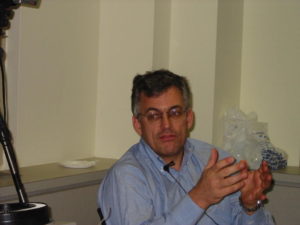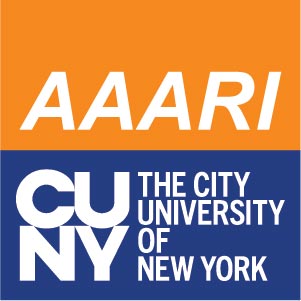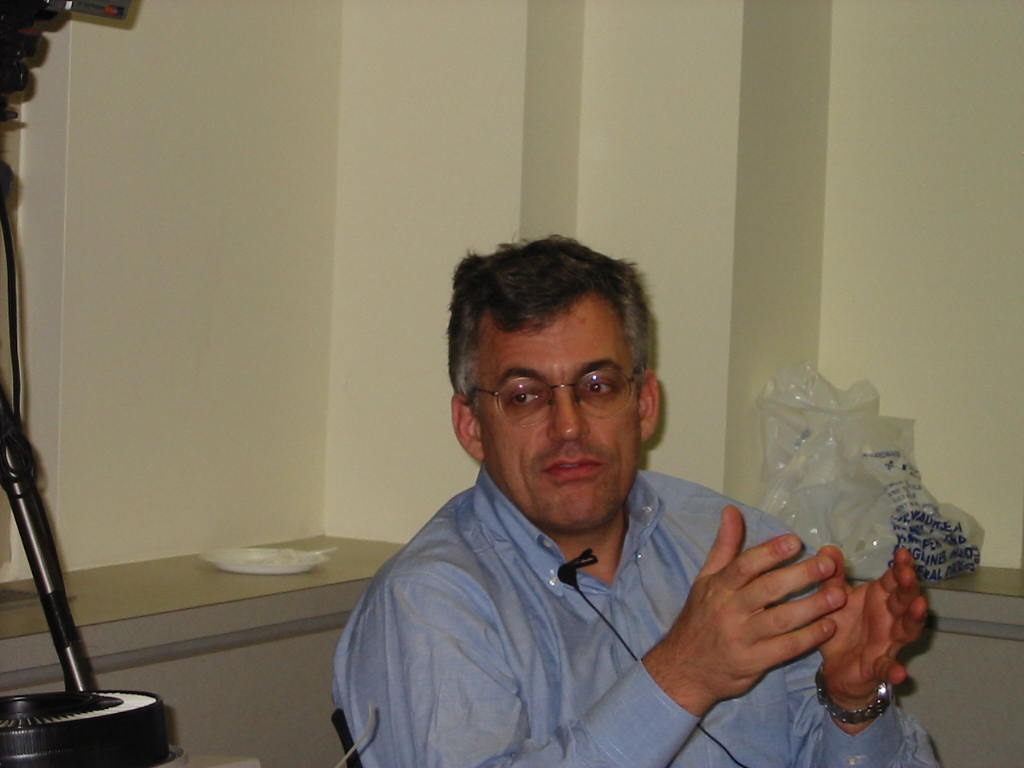
T’ang Haywen (1927-1991) was a very important painter to Chinese Modern Art in the 21 st Century. Born in Vietnam and raised in China, he lived most of his life as a poor painter in Paris, France.
Leaving Xiamen, China in his youth, T’ang wanted to escape the pressures bought upon by his family, who were under the impression he was going off to study medicine abroad. However T’ang knew he didn’t want to become a doctor, but that his true passions lied toward painting. When his family finally did discover he had gone off and become a painter, they completely withdrew their support, disgraced with the career he has chosen to pursue. From there, T’ang began his life as a traveling painter, roaming all over the world, staying at the homes of many friends, who welcomed his company.
T’ang never received any formal training as a painter, say for calligraphy, which he learned from his grandfather. As a self-schooled painter, he learned from the western masters, freely applying various styles and techniques in his paintings. Sometimes one could even find him using these styles and techniques in just one single painting. Constantly experimenting with his art, T’ang displayed no similarity to any other Chinese painter at the time, each piece a new creation.
As he continued to experiment with different mediums, such as ink, T’ang began to dabble in calligraphy, which led back to his Chinese roots. Wild and free, his approach toward calligraphy differed greatly from the typical Chinese painting at that time, which was uniform and solid. Not only bent on perfecting his ink painting skills, he also discovered a new space to express his creativity by placing two papers side-by-side together, doubling the area he could work on.
Much like his paintings, T’ang was a free individual, highly adaptable and very easy going. Even though he was poor, he always found a way to paint; often times on newspapers when he couldn’t afford rice paper. Believing that his creativity shouldn’t be limited to commercial purposes, T’ang disliked making a living off of his art, painting only because he loved to paint, not because of living. Not wanting to limit his own creativity, he also tried not to limit the viewers’ imagination by defining his own paintings. Instead, he wanted his viewers to interpret his painting on their own.
In 1991, T’ang Haywen died as an unknown in the world of art. Feeling his own end was soon approaching, he asked his closest friend to keep all of his paintings.
Synopsis by Mimy Liu

